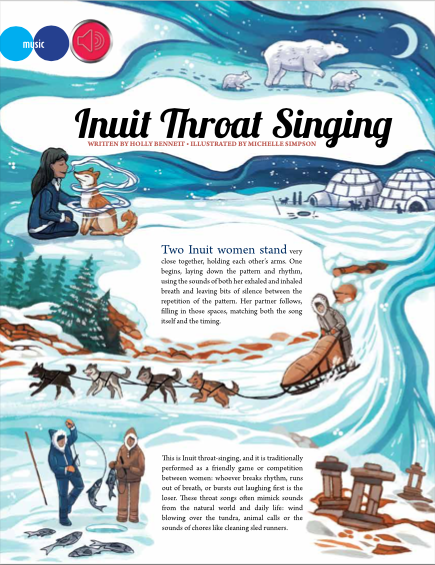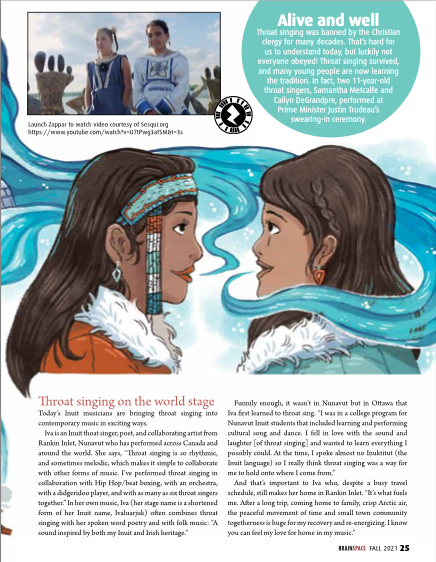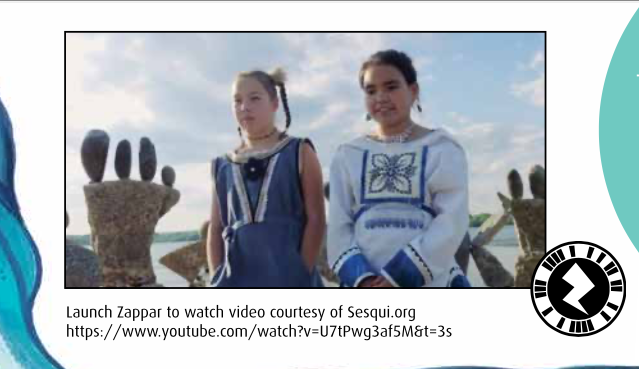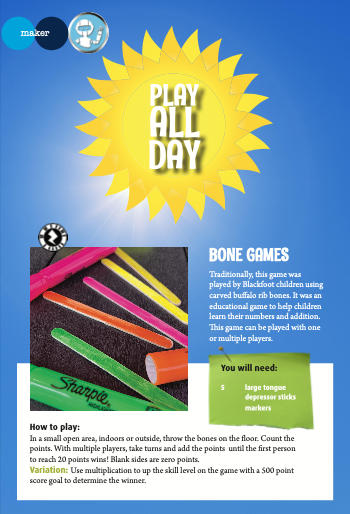
Orange Shirt Day: September 30th
Orange Shirt Day is often celebrated in schools across Canada. More than ever, authenticity is being held to task. Truth has become complex for educators who grapple with incorrect history books, genocide, and appropriation.
.
As we approach Orange Shirt Day, these topics are front of mind for most Canadians. Residential school survivors recall abuse, and a denegation of culture, rights, and families. Untold stories have an unsettling significance as we continue to discover unmarked graves. Until these recent discoveries, the survivors’ stories were told for decades without acknowledgment or justice.
.
Today, children in schools are taught to respect Orange Shirt Day however it is difficult to gauge how much of these stories we share with a young audience.
.
I’ve asked how to approach the topic with young readers. Giving importance to Indigenous stories sheds light on traditions and stories embraced by generations. Stories that personify trees, stars, wind, water, and our interconnection with living things. There are lessons about morality and funny cautionary tales about the mischief that many children can relate to. The beautiful stories will foster admiration of Indigenous traditions.
.
Sharing the truth through history and education is a good start. When the truth becomes part of our education curriculum and history books, Canadians may better understand, acknowledge, and respect the process of reconciliation.
.
We encourage you to investigate the Indigenous authors, resources, and some articles from the pages of our magazine. The stories are written to inspire awe for Indigenous traditions that are often about dedication and respect for nature, the planet, and life around them.
Click on Orange Shirt Day for a link to resources and ideas.
Music & Culture
.
Inuit Throat Singing
Two Inuit women stand very close together, holding each other’s arms. One begins, laying down the pattern and rhythm, using the sounds of both her exhaled and inhaled breath and leaving bits of silence between the repetition of the pattern. Her partner follows, filing in those spaces, matching both the song itself and the timing.
.
This is Inuit throat-singing and it is traditionally performed as a friendly game or competition between women: whoever breaks rhythm, runs out of breath, or bursts out laughing first is the loser. These throat songs often mimick sounds from the natural world and daily life: wind blowing over the tundra, animal calls or the sounds of chores like cleaning sled runners.


Scan the image below using the Zappar App to see how Inuit throat singing is done:

Bone Games
Traditionally, this game was played by Blackfoot children using carved buffalo rib bones. It was an educational game to help children learn their numbers and addition. This game can be played with one or multiple players.
.
You Will Need:
- 5 large tongue depressor
- sticks
- markers
.
How to play:
In a small open area, indoors or outside, throw the bones on the floor. Count the points. With multiple players, take turns and add the points until the first person to reach 20 points wins! Blank sides are zero points.
.
Variation: Use multiplication to up the skill level on the game with a 500 point score goal to determine the winner.

CLICK & READ These wonderful stories to your children and classrooms:
Ojibwe Strawberry Story
About Orange Shirt Day
